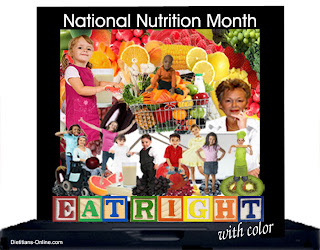Red and Pink Foods
Apples, Beets, Cayenne, Cherries, Cranberries, Guava, Kidney Beans, Papaya, Pink Beans, Pink/Red Grapefruit, Pomegranates, Radicchio, Radishes, Raspberries, Red Bell Peppers, Red Cabbages, Red Chili Peppers, Red Corn, Red Currants, Red Grapes, Red Onions, Red Pears, Red Peppers, Red Plums, Red Potatoes, Red Tomatoes, Rhubarb, Strawberries, Tomatoes, Watermelons
Green Foods
Alfalfa, Artichokes, Arugula, Asparagus, Avocado, Bok Choy, Broccoli, Broccoli rabe, Brussels Sprouts, Celery, Chives, Collard Greens, Cucumbers, Dandelion Greens, Edamame, Endive, Fennel, Green apples, Green Beans, Green Cabbage, Green Grapes, Green Olives, Green Onion, Green Pears, Green Peas, Green Pepper, Green Tomatoes, Honeydew, Kale, Kiwi, Leeks, Lettuce, Limes, Mint, Okra, Oregano, Parsley, Pistachios, Snow Peas, Spinach, Sugar snap peas, Swiss Chard, Tarragon, Tomatillo, Wasabi, Watercress, Zucchini
Blue and Purple Foods
Blue Grapes, Blue and Purple Potatoes, Blueberries, Dried Plums, Plums, Eggplant, Pomegranates, Elderberries, Juniper Berries, Kelp (Seaweed), Purple Belgian Endive, Purple Cabbage, Purple Figs
Yellow and Orange Foods
Apricots, Bananas, Butternut Squash, Cantaloupe, Carrots, Cheddar Cheese, Citrus Fruits, Clementines, Corn, Creamsicle, Garbanzo Beans, Golden Apples, Golden Flax Seed, Golden Raisins, Grapefruit, Honey, Lemon, Lemongrass, Mandarin Oranges, Mangoes, Nectarines, Orange Jello, Orange Peppers, Orange Tomatoes, Oranges, Papaya, Parsnips, Peaches, Pears, Persimmons, Pineapple, Pumpkin, Rutabagas, Saffron, Salmon, Spaghetti Squash, Squash Blossoms, Sweet Corn, Sweet Potatoes, Tangerines, Whole Grains, Yams, Yellow Apples, Yellow Beans, Yellow Peppers, Yellow Summer Squash, Yellow Wax Beans
White and Black Foods
White: Cauliflower, Coconut, Garlic, Ginger, Green Onions, Scallions, Horseradish, Jicama, Kohlrabi, Leeks, Millet, Mushrooms, Onions, Parsnips, Quinoa, Shallots, Soy Products, Sunflower Seeds, Tofu, Turnips, White Beans, White Corn, White Sesame Seeds
Black: Black Beans, Black Cherries, Black Currants, Black Mushrooms, Black Olives, Black Quinoa, Black Raspberry, Black Rice, Black Sesame Seeds, Black Soybeans, Blackberries, Boysenberries, Prunes, Raisins, Seaweeds, Tamari (Soy Sauce)
Black: Black Beans, Black Cherries, Black Currants, Black Mushrooms, Black Olives, Black Quinoa, Black Raspberry, Black Rice, Black Sesame Seeds, Black Soybeans, Blackberries, Boysenberries, Prunes, Raisins, Seaweeds, Tamari (Soy Sauce)
Prepared by
http://www.dietitians-online.com/
http://www.weighing-success.com/
Wellness News (www.weighing-success.com/WellnessNews.html)
Sandra Frank, Ed.D, RDN, FAND
Jake Frank
http://www.dietitians-online.com/
http://www.weighing-success.com/
Wellness News (www.weighing-success.com/WellnessNews.html)
Sandra Frank, Ed.D, RDN, FAND
Jake Frank































